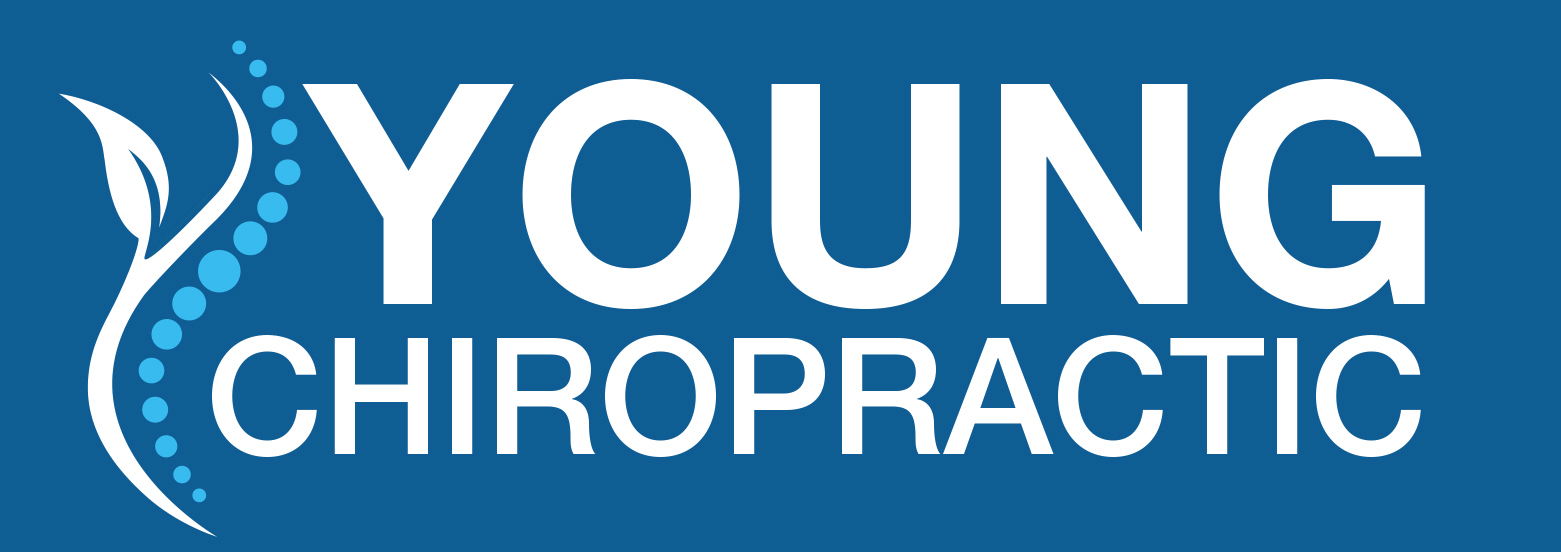Understanding the Science Behind Easley Disc Degeneration Prediction
For those who have back or spine pain, understanding the ways of disc degeneration (a common cause of distress) can be both interesting and encouraging. While disc degeneration is manytimes considered a progressive (and even inescapable) aging process, recent research has given hope as it shares predictive factors, early indicators, and the impactful factors once it begins. Young Chiropractic gets this and is here to help our Easley chiropractic patients!
FACTORS AFFECTING LUMBAR SPINE INTRADISCAL PRESSURE
Intriguingly, the pressure within intervertebral spinal discs possesses a crucial role in their health. According to a study by Liebsch and Wilke (1), elements like age, direction of motion, and the current status of degeneration significantly impact intradiscal pressure. This pressure difference can disrupt the disc's internal environment, affecting its ability to absorb shock and support its structural integrity. Appreciating these conditions permits practical adjustments. For instance, changing movement mechanics or posture could mitigate excessive strain on the lumbar discs, possibly decreasing the risk of damage. A goal of our Easley chiropractic care!
EARLY CHANGES BEFORE DISC DEGENERATION
Research led by Rajasekaran et al. (2) has shown that cartilage endplate defects often come before visible disc degeneration. These micro-changes in the disc structure may start inflammation or hinder its ability to deliver nutrients, leaving it open to future damage. The study also created the “Integrated Total End Plate Score” to detect at-risk discs at earlier stages, offering hope for timelier intervention and prevention. This finding emphasizes the value of a proactive approach. Regular Easley chiropractic care and imaging (if needed) for high-risk individuals can find problems before degeneration gets bad.
PROGRESSION OF DEGENERATION
Once disc degeneration begins, its progression is multifaceted. Tsuchiya et al. (3) highlight that reduced nucleus pulposus signal intensity is a key sign of worsening degeneration. Further, the loss of hydration and structural degradation makes the disc less capable of handling stress, particularly during repetitive movements or high-impact motions. Adopting low-impact exercises, keeping a healthy weight, and seeing your chiropractor at Young Chiropractic may slow this progress and enhanced overall spinal health.
BRIDGING RESEARCH AND RELIEF
CONTACT Young Chiropractic
By understanding the core factors and undergoing regular chiropractic care, Easley back pain sufferers can take positive measures to protect their spine health and its discs. If you or a loved one experiences Easley back pain or discomfort, consult with your Easley chiropractor at Young Chiropractic.
Listen to this PODCAST with Dr. James Cox on The Back Doctors Podcast with Dr. Michael Johnson as he illustrates disc degeneration, its development and its relief and care with The Cox® Technic System of Spinal Pain Management.
Schedule your Easley chiropractic appointment now to visit us!

